Such a decorative element as a plastic corner has, among other things, an important practical value. Its main task is to protect corners, as well as external finishing materials from mechanical damage. Such materials for walls include wallpapers, slopes for windows and window openings, arched structures (arches), and sometimes baselinits. Today we will look more detailed how to glue a plastic corner which glue to make, what kind of types of this structural element are, and what size it is better to choose.
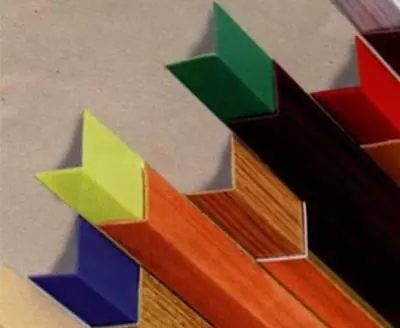
main destination
As already noted, slightly higher, the main reason for fastening the protective PVC corner for wallpaper, arches and tiles on the angles of walls, is not only a decorative function, but also the protection that it gives for certain construction or finishing materials in the interior of apartments and houses. With this design, you can protect various vulnerable areas from damage, which can be caused by blows from pieces of furniture of various sizes, inaccurative appeal with household appliances, and sometimes overly playful children and pets.Attention! If you decide to stick a decorative plastic corner, then be sure that this mounting element will not only provide security for wallpaper, PVC panels and window slopes, but also will make the interior of the room more "finished" and attractive. So let's consider the blending process in more detail.
Types of plastic corner
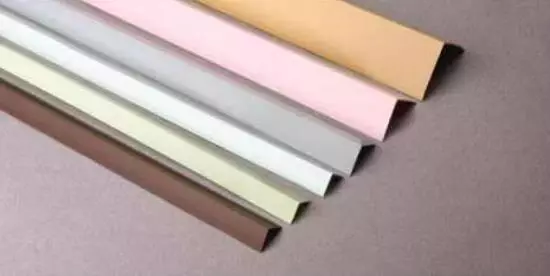
It should be noted that in its destination, as well as in appearance, this fastener can be different. The following types can be distinguished: outdoor, internal, perforated, color, decorated "under the tree". In addition, some of its kinds can be used to carry out work on the ceiling.
Tip! If you are not satisfied with the color of PVC corner and you want to paint it, you should use those rules and instructions as when painting other PVC surfaces.
As for what size is better to choose: see the situation, guided by both aesthetic and practical considerations.
Article on the topic: Modern technology for assembling a log of a rounded log
How to stick
Before conspicing the corner, it is necessary to carry out certain preparatory work. To begin with, plastic material must be cut and adjusted. This can be done using a sharp knife, or strong metal cutting scissors, since their household analogs can be easily damaged during the cutting process. Consider the fact that working with a knife is associated with danger, therefore, it is necessary to perform it extremely carefully, in compliance with all the necessary security measures.
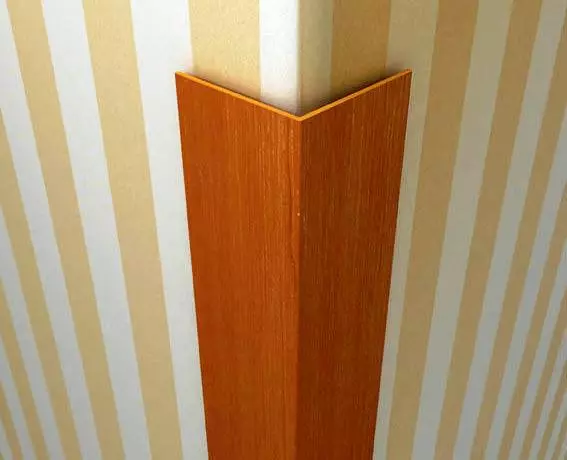
In addition, trimming work can be performed using a grinder. Note that in this case it is recommended to use the disk for the metal thread. Take into account the fact that it is precisely how exactly the overall quality of the work has been completed, the overall quality of work has been performed.
Do not forget! No need to use silicone in order to hide the shortcomings of uneven trimming. The fact is that after some time covered with silicone places can begin to be covered with dust, porting the overall appearance of the corner, as well as the place that was closed them. If you do not perform work, but hired specialists, then we also recommend closely following how they perform their work.
Think ourselves: after all, it is better to have a small, but even slot over the entire length of the corner than dirty, and not always neatly squeezed with silicone or acrylic sealant. The fact is that this fastener may have different color and be color.
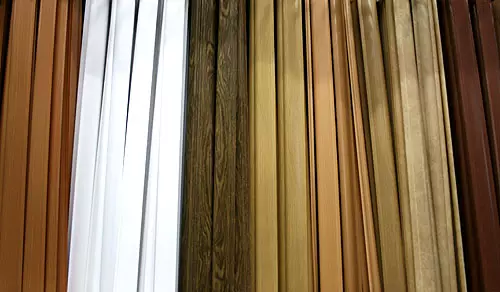
Here are the most common color options:
- The black.
- Grey.
- Transparent.
- White.
What to glue and what glue to apply
So, what glue is better glued plastic corners? One of the most optimal options are so-called. "liquid Nails". With their help, it is possible to firmly and securely glue this decorative element not only in all rooms, but also in the bathroom or in the kitchen, which are known to be places with high humidity, requiring all fasteners with increased resistance to similar difficult conditions. By the way, choose such liquid nails, which after installation will become transparent. In addition, the use of acrylic sealant of the corresponding color is allowed.
Article on the topic: Use in the interior of the kitchen of pink wallpaper
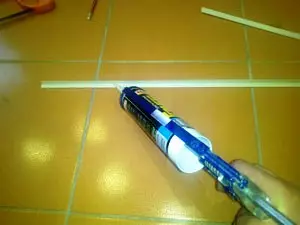
In addition to purchasing glue, you will need to buy a special gun, with which you can apply liquid nails to the working surface. When applying glue, it is necessary to be attentive: apply glue with a thin wave line, closer to the middle of the wrong side of the corner. Thus, you significantly reduce the likelihood that the remnants of glue, when pressing, fall on the decorative face. In the same cases, when the remnants of the adhesive were still on the front side or on the wallpaper, it is necessary to first wait for their complete drying, and then neatly remove them with a sharp knife, scalpel or blade.
Now a few words about how to correctly fix the corner at the time of drying the glue. If when working with smooth and flat surfaces (for example, window slips) you will have less problems, then for example, when installing the arches, which have a curved silhouette, certain questions may appear. In order to secure the corner, in such cases it is desirable to use the tape of various types (choose in each specific situation, based on your conditions). The most common types of assembly scotch are:
- Malar.
- Packing.
See Useful Video Instructions:
Output
In our case, of course, the most proper decision will be the use of painting tape. With it, it will be necessary to fix the corner. It is necessary to remove the adhesive tape the next day, provided that the glue is completely drying. By the way, many wonder: how to bend the corner. In fact, it is not necessary to do this in the arched structures, because it is soft enough, and the arches itself will take out (if they are certainly not too sharp).
In the same cases, when the angle of the working surface is sufficiently sharp (for example, 45 degrees), or the radius of the arch is small, you can cut a plastic corner into several parts and secure each of them separately described above by the method, gently docked them.
Article on the topic: Plastic Doors Device: Characteristics
